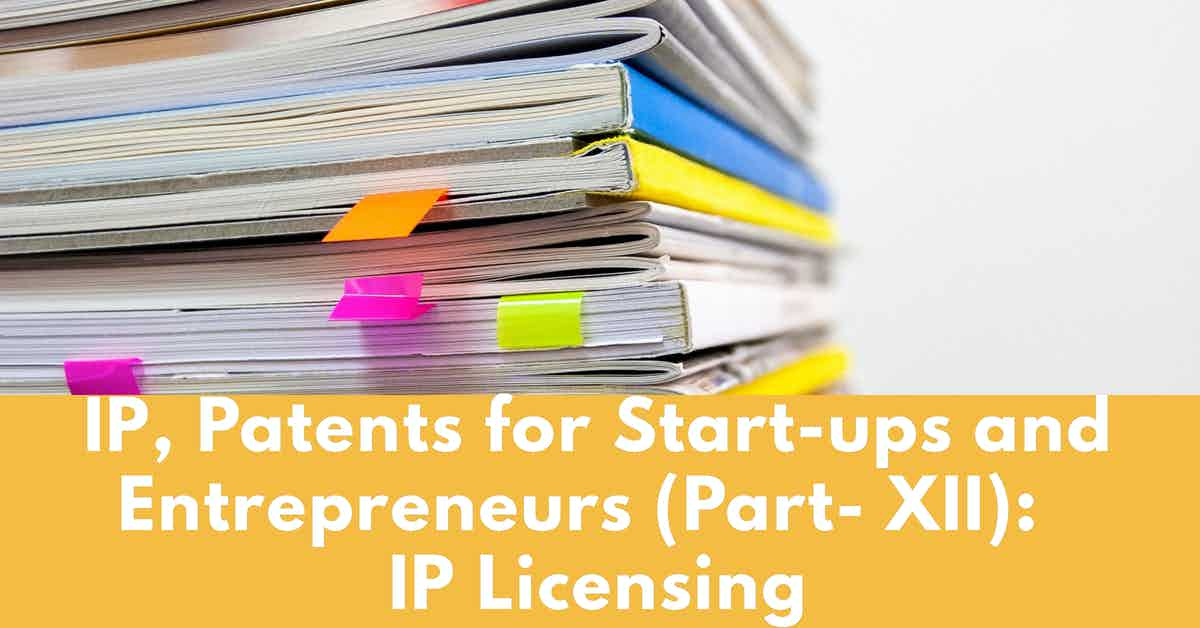You have cultivated an IP portfolio for your start up with trademarks, copyrights, patents, know-how, trade secret and designs, what now? These assets of your organization can be retained through their life and can be used tactically to keep competitors at bay. However, there are instances where your IP rights could be shared with others in return for compensation. This is referred known as IP licensing, where if you do an outright sale of the IP asset it is considered an assignment or complete transfer.
IP licensing is preferred by many IP owners as there are several advantages over an outright assignment. It provides more flexibility as you retain ownership and you avoid the risk of your IP being undervalued in an acquisition. A well drafted license agreement will make explicit the rights and permissions conferred upon the licensee and those that are not. In most circumstances these license rights are granted in exchange for consideration in the form of license fees or royalties, providing you with an ongoing income option.
Some common examples of licensing agreements are software licenses, website terms of use, embedding agreements, technology transfer agreements, collaboration agreements, cross licenses and franchise agreements. These licenses can be exclusive, meaning license rights are limited to one licensee, or non-exclusive where multiple parties can acquire license rights. The standard clauses that are included in a license agreement are the grant, consideration or compensation, warranties, indemnity, reporting, dispute resolution, transferability and termination. In any IP licensing agreement, regardless of the type of IP or a combination of them involved, these essential clauses should be included.
The grant clause sets forth the rights being conferred by the IP licensor to the licensee. The consideration clause addresses the compensation in exchange for the grant. The consideration can be in several forms, such as milestone payments, upfront payments, or royalty. The warranty clause assures that the IP is fit for use as represented. The indemnity clause indemnifies against any inaccuracies or damages arising in contrast to the warranties provided. Some agreements will also have reporting requirements where the licensee will be required to report on the activities related to the IP. The parties can agree as to how disputes will be resolved, either through traditional legal proceedings or through alternative dispute resolution mechanisms such as arbitration or mediation. A licensor can also determine a licensee’s right to sublicense to another under a transferability clause. Transferability of license rights can be restricted completely or can be permissible through prior approval. Finally, the termination clause will define under which conditions the license agreement can be terminated by the parties.
Only about 20% or less of the IP that you create has commercial value but none-the-less licensing helps release cash from assets that otherwise would just be a cost to the business. IP licensing can be a viable mechanism for getting your innovation into the market while still retaining ownership and control over how and where it is used. It should be an integral part of your business plan.



